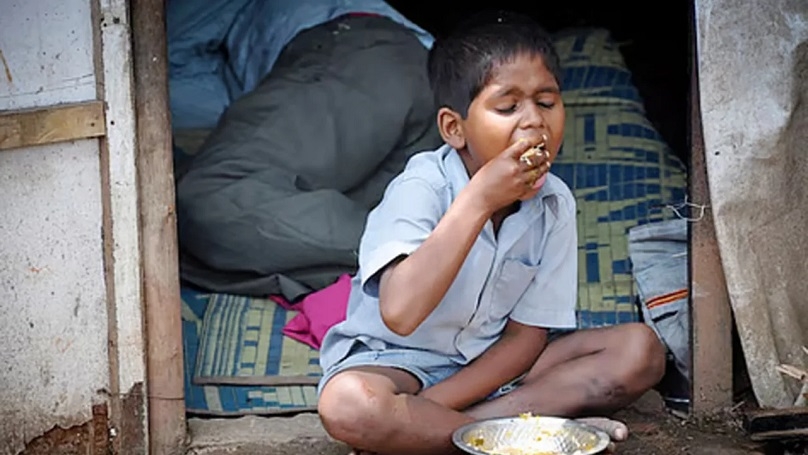Data gaps persist, leave some of most vulnerable populations invisible across Asia and Pacific: UN
| Date :19-Feb-2025 |

NEW DELHI :
DATA gaps persist and leave some of the most vulnerable populations invisible in official statistics, limiting policymakers’ ability to address their needs effectively across Asia and the Pacific, according to a new UN report.
The report also highlighted that how efforts from surveying hundreds of nomadic tribal households across Rajasthan to health-monitoring mobile applications in Indonesia are transforming sustainable development in the region.
The new report by the United Nations Economic and Social Commission for Asia and the Pacific (ESCAP) released on Tuesday demonstrated that by amplifying the voices of underrepresented communities, these solutions are not only making policies more inclusive but also making sustainable development monitoring more representative across Asia and the Pacific.
However, the Asia and the Pacific SDG Progress Report 2025 also stressed that urgent action is still needed in order to achieve the 17 Sustainable Development Goals (SDGs) by 2030.
“Data gaps persist and leave some of the most vulnerable populations invisible in official statistics, limiting policymakers’ ability to address their needs effectively,” underscored United Nations Under-Secretary-General and ESCAP Executive Secretary Armida Salsiah Alisjahbana. She added, “Constrained resources to modernize statistical systems pose additional hurdles. Without urgent action to accelerate progress, many of the Goals will remain out of reach.”
The report said across Asia and the Pacific, communities are pioneering innovative solutions to bridge critical data gaps, ensuring that marginalized populations are no longer invisible in policymaking.
“From surveying hundreds of nomadic tribal households across Rajasthan State in India to health-monitoring mobile applications in Indonesia, these efforts are transforming sustainable development in the region,” the report said.
The report said in India, the Centre for Social Equity and Inclusion conducted a household survey of 400 nomadic tribal households across eight locations in Rajasthan, with strong collaboration and support from community-based organisations and volunteers.
The aim was to assess the development challenges of these tribal households and map community access to social protection.
The initiative highlighted the power of community-level information for localising the Sustainable Development Goals (SDGs).
“Additionally, it strengthened community volunteers’ capacity to collect and analyse data, enabling them to identify local challenges and advocate for solutions through meaningful dialogues,” the report said.
The report highlighted several SDG targets where Asia and the Pacific leads globally such as reducing income poverty (Goal 1), addressing undernourishment (Goal 2), supporting small-scale industries (Goal 9), reducing hazardous waste (Goal 12), mitigating land degradation (Goal 15), and combating human trafficking and intentional homicide (Goal 16).
Despite these strides, slow progress or setbacks in critical goals such as quality education (Goal 4), decent work and economic growth (Goal 8), and responsible consumption and production (Goal 12) threaten regional efforts to achieve the 2030 Agenda for Sustainable Development.
Rising fossil fuel subsidies, low literacy and numeracy rates, and unsustainable production patterns further compound these challenges, the report said.
Meanwhile, environmental degradation, increasing vulnerability to natural disasters, and persistent greenhouse gas emissions are exacerbating setbacks on climate action (Goal 13), life below water (Goal 14) and life on land (Goal 15).
The report further found that development benefits often bypass vulnerable groups, with intersecting factors like age, gender, education, location and wealth exacerbating inequalities.
“Poverty and education level are the two most significant factors contributing to inequality of opportunity. Poorer households in rural areas with lower levels of education are the most disadvantaged in accessing basic services such as water, sanitation and clean energy,” the report said.
To bridge these gaps, ESCAP called for innovative and inclusive data collection and analysis. Nuanced and granular data will provide policymakers a clearer understanding of the realities of specific population groups especially those most at risk of being left behind.
The report further emphasised that transforming national statistical systems to meet the data needs of the 2030 Agenda requires urgent political commitment, financial investment and stronger cross-sector partnerships.
An annual flagship publication of ESCAP, the Asia and the Pacific SDG Progress Report 2025 uses the latest data for global SDG indicators to determine where additional effort is needed in the region and where momentum for future progress is building.